The Estorick Collection reopens on 13 January after a five-month closure to revamp its Grade II-listed Georgian building. I’m interested to see how Nathaniel Gee, who was behind the original conversion of Northampton Lodge into a gallery in 1998, has reconfigured things: changes include a new entrance and a conservatory linking the café and garden. But I’m just as interested in the opening exhibition, ‘War in the Sunshine: the British in Italy 1917–18’ (13 January–19 March). The display brings together photographs by Ernest Brooks and the war paintings of Sydney Carline, who served in the Royal Flying Corps and later on the Italian front as an official war artist. Carline’s depictions of aerial combat aren’t nearly so well known as those of his fellow Slade attendee C.R.W. Nevinson, but to me they offer an interesting counterpoint. Nevinson captured the exhilarating speed and confusion of the dogfight, but Carline approaches each scene with the cool eye of a strategist or navigator; landmarks and battle lines spread out below, planes gathered in formation (or disarray) in front. They are a reminder of just how dramatically powered flight – still just a decade old at that point – transformed the landscape of war, and the experience of everyone fighting in one.
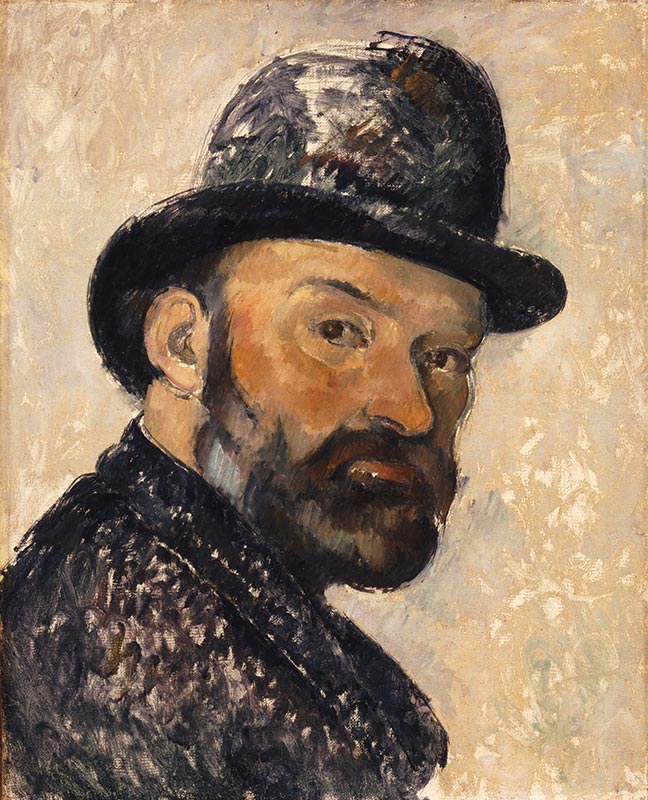
Self Portrait in a Bowler Hat (1885–86), Paul Cézanne. Ny Carlsberg Glyptotek, Copenhagen. Photo: Ole Haupt
Of all the London museums, the National Portrait Gallery’s programme sounds the most intriguing. A joint exhibition of Gillian Wearing and Claude Cahun’s work opening in March should be fascinating: Cahun’s subversive investigations into gender, sexuality and identity in the first half of the 20th century deserve to be better known, and her impact on Wearing’s work is undeniable (9 March–29 May). In fact it’s surprising no major museums have attempted this pairing before. At the end of the year the gallery will host an exhibition of Cézanne’s portraits (in collaboration with the Musée d’Orsay, which opens the tour in June 2017, and the National Gallery of Art in Washington, which hosts it from March 2018). It’s a blockbuster name to rival Picasso (whose work is on view until 5 February 2017) but it should make for a very different show, given that Cézanne, unlike Picasso, is more widely known for his landscapes and still lifes. (26 October–11 February 2018.)
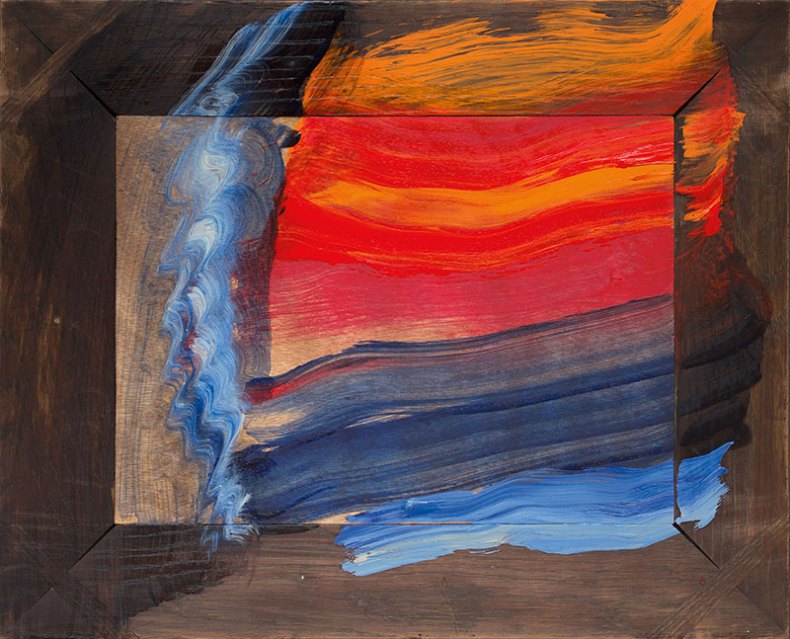
Bombay Morning (2015–16), Howard Hodgkin. Courtesy the artist, Gagosian and The Hepworth Wakefield. © Howard Hodgkin
Howard Hodgkin also features in the NPG programme (an exhibition exploring the ostensibly abstract artist’s engagement with portraiture opens 23 March), and he has a major exhibition coming up at the Hepworth Wakefield (30 June–8 October). The Hepworth show will focus on the artist’s obsession with India, a country he first visited in 1964 and has returned to repeatedly for inspiration. It will be good to see his vibrant artistic responses to India’s landscape and culture alongside a small number of items from his collection of Indian paintings, which have fascinated him since childhood.
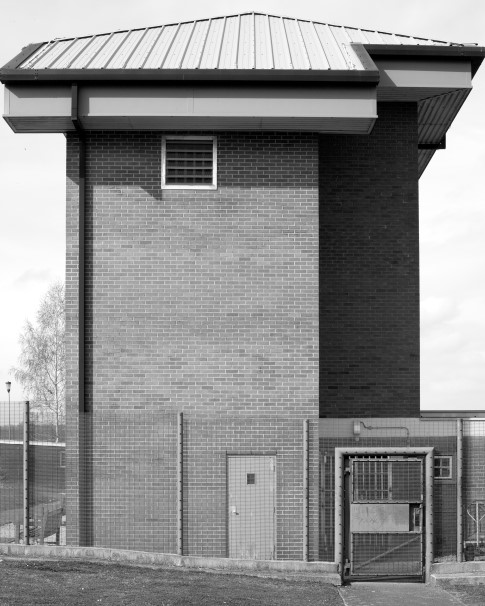
HMP Grendon (2016), Edmund Clark. © Edmund Clark
Finally, Edmund Clark’s exhibition in December promises to bring the Ikon gallery’s 2017 programme to a thought-provoking close (6 December–4 March 2018). The artist will present the results of his three-year residency at HMP Grendon in Buckinghamshire, the UK’s only therapeutic prison, where he has encouraged inmates to make art in addition to producing his own body of work. The failings of the UK’s prison system have been in the public eye repeatedly in recent months, while Artangel’s extraordinary project at Reading Prison has shown how successfully artists can engage with the theme of incarceration, albeit in a very different way. If Clark’s powerful investigation into counter-terrorism and state control at the IWM London is anything to go by, he won’t shy away from asking difficult questions.
Maggie Gray is digital editor of Apollo.
Keep up with Apollo’s 12 Days selection of art highlights here.
Unlimited access from just $16 every 3 months
Subscribe to get unlimited and exclusive access to the top art stories, interviews and exhibition reviews.

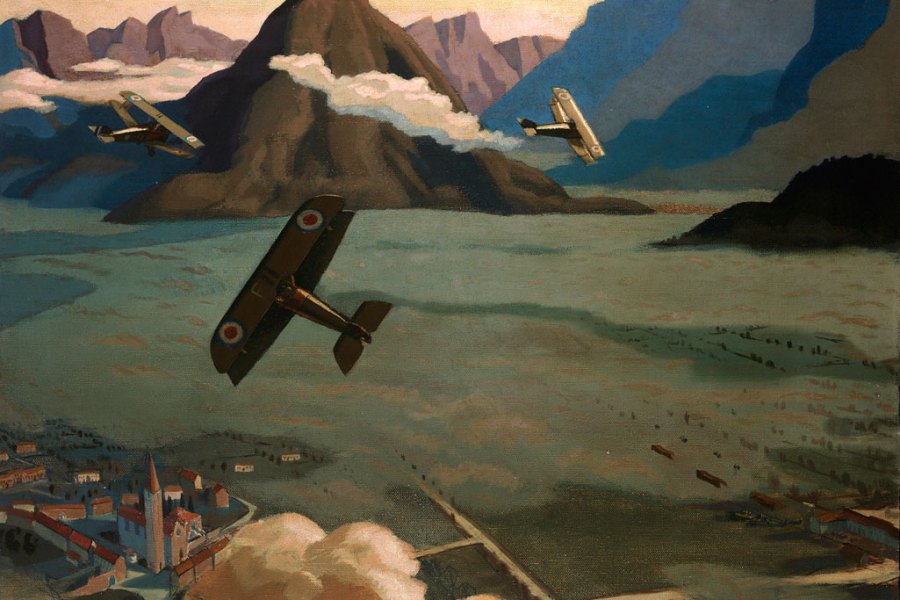
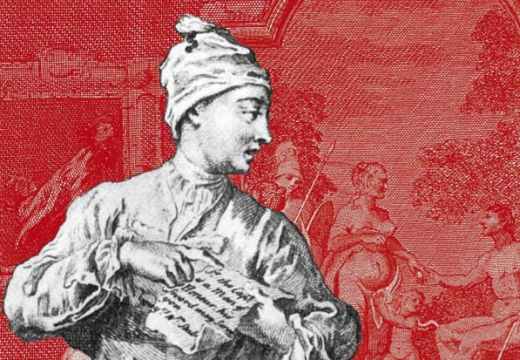
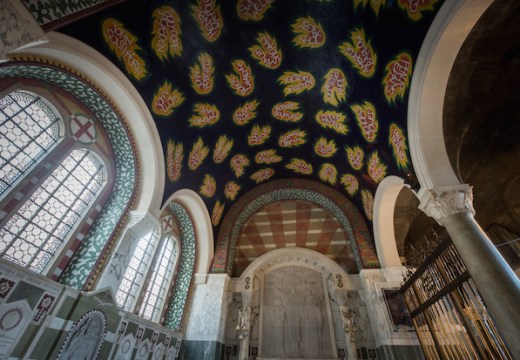
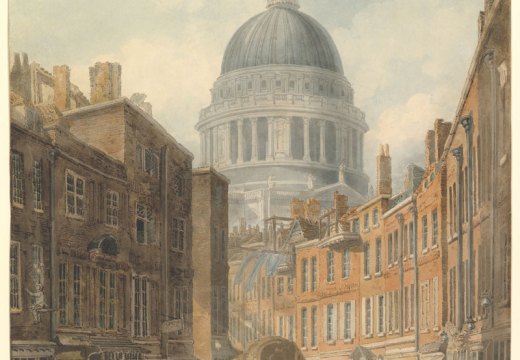









![Masterpiece [Re]discovery 2022. Photo: Ben Fisher Photography, courtesy of Masterpiece London](http://www.apollo-magazine.com/wp-content/uploads/2022/07/MPL2022_4263.jpg)
It’s time for the government of London to return to its rightful home